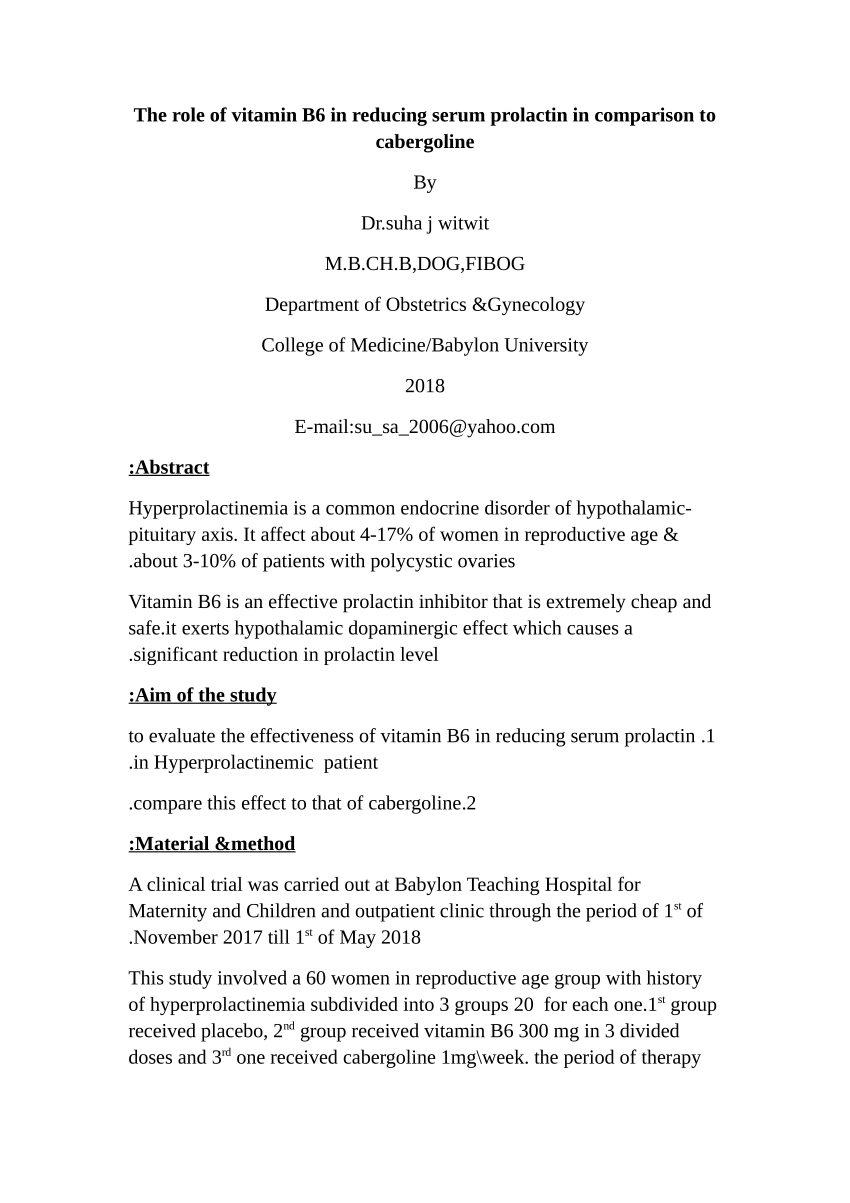- Reaction score
- 442
Yeah, can someone clarify whats the current best treatment to prevent fibrosis/scarring alopecia? I want to make sure it never happens to the point of no reversal before this promising treatment comes out...
That's what Follica does. Once we have access to this antibody I think it opens up a lot of possibilities. It's pretty easy to get vellus hairs with wounding and minoxidil, and this antibody seems to turn any vellus hair terminal again.Would the destruction by way of fibrosis be reversed through wounding and a wnt agonist?
Minoxidil spironolactone, or eplerenone.Yeah, can someone clarify whats the current best treatment to prevent fibrosis/scarring alopecia? I want to make sure it never happens before these promising treatments come out...
I've read that maybe low prolaction men lower our defense against some infectionsI read up a bit on prolactin and found out that it basically doesn't perform any important functions in men. Can this be confirmed?
With the regular intake of zinc and ashwagandha (I read this term for the first time) the prolactin level can be lowered, but at the same time the libido increases.
So would it make sense to take zinc as a dietary supplement?
Well, this is good news!
Maybe if you wanna be infertile.
The other guy was right. You don't know what you're talking about.
Did some quick reading on the negative effects of very low prolactin as I wasn't very informed, and it apparently such a state can induce a low 5AR type state by reducing the output of adrenal androgens (DHEA for example), and can result in low DHT, which I'm guessing is where a majority of the effectiveness of this treatment comes from.
So, again, another promising treatment is going to come down to being highly anti-androgenic and whether or not you can tolerate it. I'm just going to assume that the more effective a treatment is, the more intense the side effects are likely to be. If you're comfortable with a low androgen state, I'm not sure whats keeping someone from stacking finasteride/dutasteride with ru58841, which I can't imagine wouldn't provide some results for most.

Hypoprolactinemia as related to seminal quality and serum testosterone - PubMed
Semen quality and serum testosterone were studied in six men with hypoprolactinemia (less than or equal to 6 ng/ml) and in normoprolactinemic controls. The incidence of hypoprolactinemia in 92 men attending an infertility clinic was 7.5%. Males with hypoprolactinemia showed in high percentage of...pubmed.ncbi.nlm.nih.gov

Hypoprolactinemia: a new clinical syndrome in patients with sexual dysfunction - PubMed
Our findings demonstrate that, in subjects consulting for sexual dysfunction, PRL in the lowest quartile levels are associated with MetS and arteriogenic ED, as well as with PE and anxiety symptoms. Further studies are advisable in order to confirm our preliminary results in different populations.pubmed.ncbi.nlm.nih.gov
There's any way of lowering our prolaction levels with other drugs

But it probably won’t help your hair. Because prolactin is made locally in the hair follicle.There's any way of lowering our prolaction levels with other drugs?

It's so hard to contain my excitement for this. Fingers crossed HopeMed doesn't pull a Jon Knight and ends up not doing anything, not even a phase 2, with this.Just a few points of interest.
DHT increased PRLR binding to 150% of control values at 0.1 NM in best cancer cells.

Androgen regulation of prolactin-receptor gene expression in MCF-7 and MDA-MB-453 human breast cancer cells - PubMed
Lactogenic hormones which bind to the PRLR are likely to be growth-stimulatory in human breast-cancer cells. Oestrogen and progesterone control cellular expression of the PRLR; however, elevated androgen levels in some breast-cancer patients raised the possibility that androgens may also...pubmed.ncbi.nlm.nih.gov
It seems more than plausible that AR also upregulates PRLR in the HF.
Now, about the antibody.
The treated macaques all had long-term baldness. Out of 11 macaques tested with the compound, 5 of them were over 66 in human years, and three of those responded to the treatment. Completely bald scalp areas responded the best. Younger animals responded the best to treatment, but it's not clear how old the non-senile animals were. Some of the responders had been bald for decades.
The range of increase was 50-220 terminal hairs/cm2.
There were no apparent safety or tolerability signals during or after 6 month treatment.
It could be demonstrated that there was a robust and visible efficacy in bald and transition areas.
Good question. I wish that was more clear. The patent defines "bald area" as "initially hairy yet affected by complete loss of visible, e.g. terminal hairs". Yet Figure 3 in the patent shows the bald area at 103 terminal hairs before treatment. Perhaps those 103 hairs didn't meet the definition of vellus hairs(<2mm), but still weren't very visible?It's so hard to contain my excitement for this. Fingers crossed HopeMed doesn't pull a Jon Knight and ends up not doing anything, not even a phase 2, with this.
When you say "completely bald" doesn't that still just mean thinning? In the preclinicals the "bald" areas went from approximately 100 hairs to 200, so doesn't that mean they still had some hair?
It's so hard to contain my excitement for this. Fingers crossed HopeMed doesn't pull a Jon Knight and ends up not doing anything, not even a phase 2, with this.
When you say "completely bald" doesn't that still just mean thinning? In the preclinicals the "bald" areas went from approximately 100 hairs to 200, so doesn't that mean they still had some hair?
That was an interesting read, what I took from it is that having 100 hairs for a Macaque is very close to bald for them?View attachment 157858Comparative evidence for the independent evolution of hair and sweat gland traits in primates - PMC
Humans differ in many respects from other primates, but perhaps no derived human feature is more striking than our naked skin. Long purported to be adaptive, humans’ unique external appearance is characterized by changes in both the patterning of ...www.ncbi.nlm.nih.gov
Macaque
Chimpanzee
Human
"The range of increase was 50-220 terminal hairs/cm2."Just a few points of interest.
DHT increased PRLR binding to 150% of control values at 0.1 nM in best cancer cells.

Androgen regulation of prolactin-receptor gene expression in MCF-7 and MDA-MB-453 human breast cancer cells - PubMed
Lactogenic hormones which bind to the PRLR are likely to be growth-stimulatory in human breast-cancer cells. Oestrogen and progesterone control cellular expression of the PRLR; however, elevated androgen levels in some breast-cancer patients raised the possibility that androgens may also...pubmed.ncbi.nlm.nih.gov
It seems more than plausible that AR also upregulates PRLR in the HF.
Now, about the antibody.
The treated macaques all had long-term baldness. Out of 11 macaques tested with the compound 5 of them were over 66 in human years, and three of those responded to the treatment. Every animal younger than 66 responded well. Completely bald scalp areas responded the best. Younger animals responded the best, but it's not clear how old the non-senile animals were. Some of the responders had been bald for decades.
The range of increase was 50-220 terminal hairs/cm2.
There were no apparent safety or tolerability signals during or after 6 months treatment.
It could be demonstrated that there was a robust and visible efficacy in bald and transition areas.
Need to be b6 p5p I thought, which is what people use for zix, interesting coincidence.
(PDF) The Role of Vitamin B6 in Reducing Serum Prolactin in Comparison to Cabergoline
PDF | Hyperprolactinemia is a common endocrine disorder of hypothalamic-pituitary axis. It affect about 4-17% of women in reproductive age and about... | Find, read and cite all the research you need on ResearchGatewww.researchgate.net
